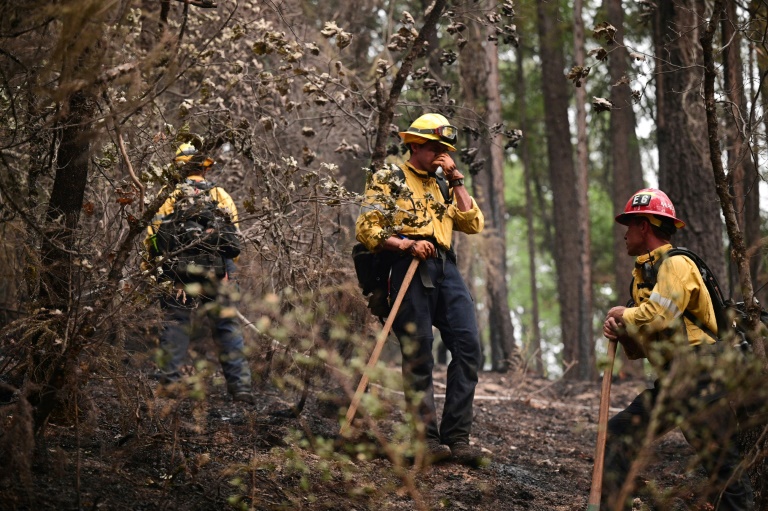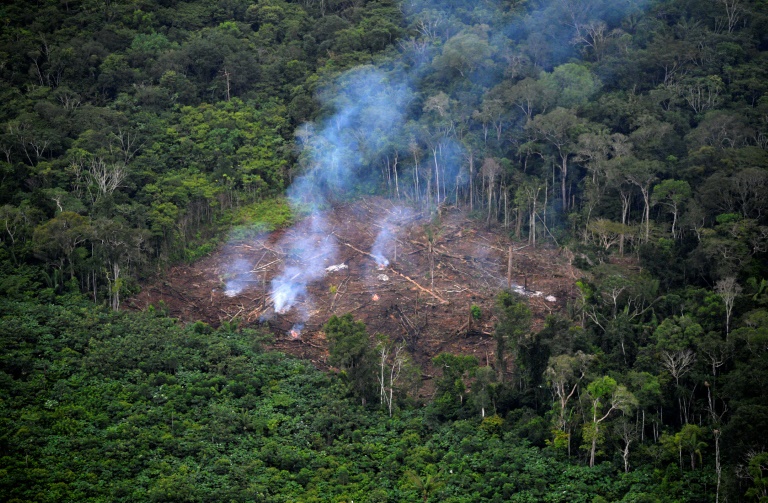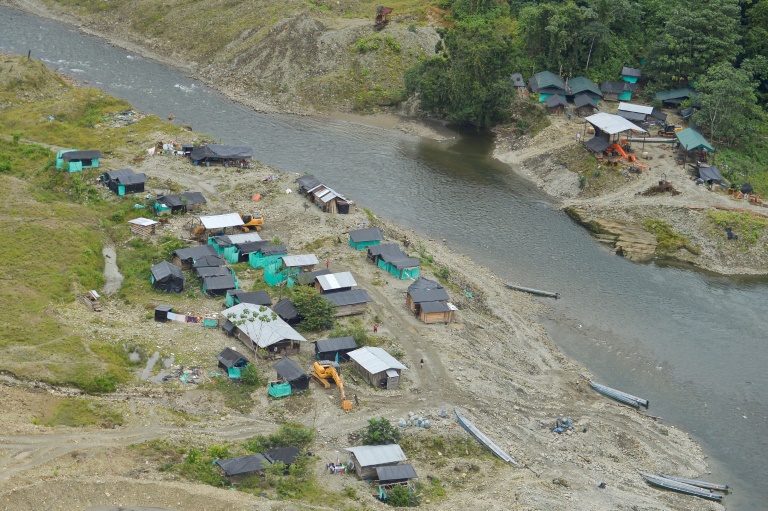Record-setting super shoes are here to stay, say experts
Derided by purists, evangelised by innovators: “super shoes” are the tools of the trade for today’s athletes and will continue to radically change the landscape of track and road running, experts have told AFP.
A mass of not only new world records, but also a slew of national records and startling personal bests since the 2016 Rio Olympics show athletes are thriving on new technology that has pushed the biomechanics of the running shoe to a new level.
When the Olympic athletics programme starts in Tokyo on Friday, many athletes will be wearing the super-light shoes that contain a rigid plate and unique foam that lend a propulsive sensation to every stride.
Critics claim the shoes, first developed by Nike, are the equivalent of mechanical doping, while supporters hail them as a revolutionary advance after decades of stagnation.
“There seems to be an acceptance now that the new generation of shoes are part of the sport moving forward,” Geoff Burns, a biomechanics and sport performance researcher at the University of Michigan and an expert in running shoe technology, told AFP.
“We definitely don’t hear of people calling for the shoes to be banned so much anymore.”
US-based journalist Brian Metzler, author of “Kicksology: The Hype, Science, Culture and Cool of Running Shoes”, said there was a broader acceptance, largely because “all brands have caught up to Nike and because there is a greater understanding of how the school technology works”.
“The key factors in acceptance are making sure there is a fair playing field and also the notion that there is no additional energy being created by the shoes, but instead a greater return of energy from the force the runner is applying with each stride,” Metzler told AFP.
Athletes, added Amby Burfoot, winner of the 1968 Boston marathon and a former editor-in-chief of Runner’s World magazine, “only care about running fast, and they have realised they must wear new shoes — from whatever company — if they are to keep up with the competition”.
He said: “I doubt the general public cares very much about the shoes, or understands them. That leaves only the sports historians and sports statisticians to debate what they should do about the fast new performances.”
– ‘A real time difference’ –
The technology, which exists in ‘flat’ running shoes and in spikes, is approved by track and field’s governing body, World Athletics, albeit with parameters set on foam thickness, among other things.
The designs “have proven that they allow a runner to be more efficient and that’s a big change, especially from 800m to 10,000m,” said Metzler.
“Some athletes have told me that the new spikes can provide a five to 15-second boost in the 5,000m, so that’s a real time difference.”
Burns said time was needed to understand the rarity of a performance, saying the sport was “still adapting to the faster times”.
Letesenbet Gidey of Ethiopia was wearing the shoes when she broke the women’s 10,000m world record in June. Her time of 29min 1.03sec sliced over a minute off her previous best.
And Ugandan Joshua Cheptegei used the shoes to set the men’s 5,000m world record of 12:35.36 last year.
“The way the fast performances in the distance and mid-distance races are celebrated by fans, announcers and the media is still likely overdone for their respective importance,” said Burns.
“That is, the sport still hasn’t completely re-calibrated what’s good and what’s great. That will take a bit more time and more racing.
“I suspect by the end of next year, we’ll be close, and by two years from now, we’ll have a good feeling of what’s truly an exceptional performance in the new era.”
The more advanced technology is, Burns continued, the more it invites “complexity in the sport, for the athletes, fans and governing bodies.”
Metzler added: “With running events, the die has been cast and we’re already at a place where the new shoes have elevated human performance.
“Mostly that’s a good thing, I think, but we must realise that a sub-13 minute 5,000m (for men) today is not the same as it was in the era of David Moorcroft, Said Aouita or Bob Kennedy” in past decades.
Burns feels however there will “probably not” be world records in Tokyo.
“The spikes and shoes right now are predominantly beneficial in the distance races, and distance records are rarely set in championships, as they’re often tactical.”
Burfoot agreed: “The Olympics are about winning and losing.
“World records are more likely to happen in one-day events under optimal conditions.”
All three experts agreed many top athletes had not seen their form dip during the Covid-19 pandemic, saying many had benefitted from the extra rest and training.
“Athletes are healthy, ready, eager, and wearing super shoes!” said Burfoot.






